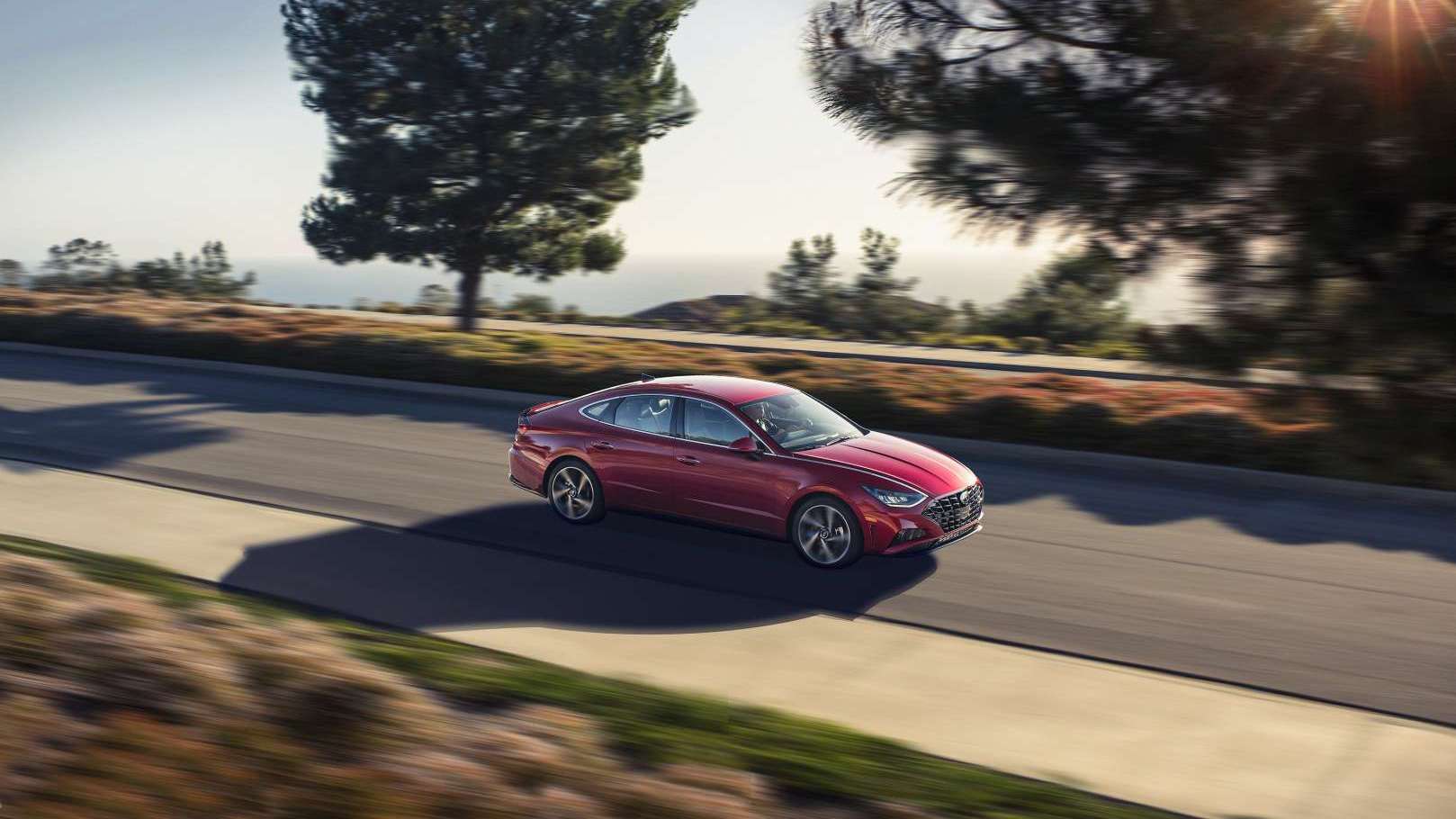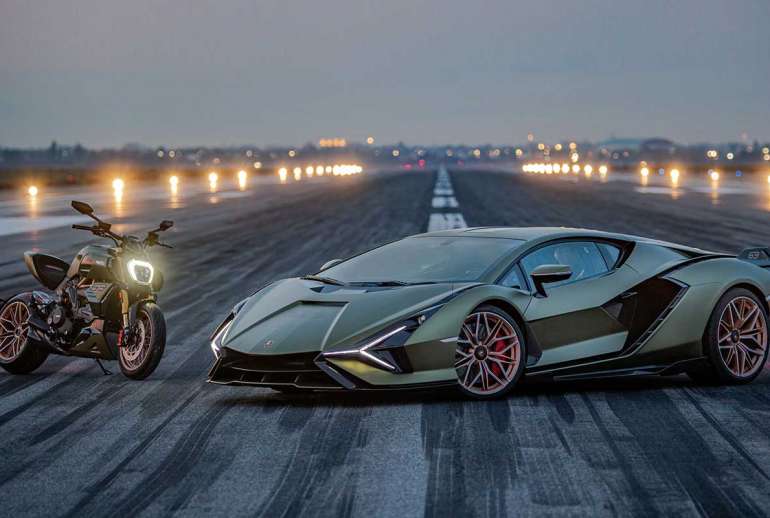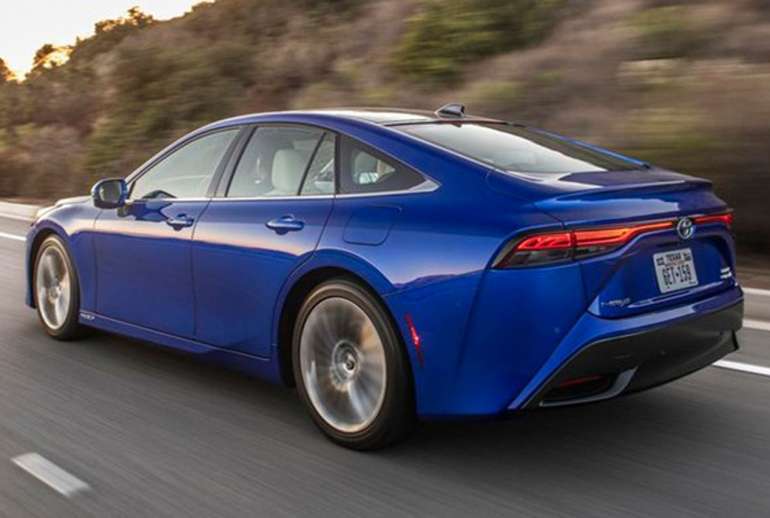Hyundai gave us a first glimpse of the all-new Hyundai Sonata in South Korea a couple of months ago. But now, the South Korean automaker is going all out with an all-new solar-powered hybrid system in the Sonata Hybrid.
In fact, the 2020 Hyundai Sonata and Sonata Hybrid are proof that sedans are not yet dead, as we previously believed. Long live the sedan!
The all-new Hyundai Sonata Hybrid is a great-looking car

Who says hybrids need to look unconventional and be polarizing? The Sonata Hybrid is based on the all-new eight-generation Sonata DN8. Utilizing Hyundai’s latest Sensuous Sportiness design language, the new Sonata has a fastback and coupe-like profile, full-width C-shaped taillights, and the similar aggressive face of the Genesis G70. The new Hyundai Sonata is revisiting the midsize sport-luxury segment, and it’s looking good from where we stand.
The Hyundai Sonata Hybrid has a wider stance and a lower profile compared to the previous model. In short, it’s an inspiring progression from the conservative styling of previous Sonatas.
The Sonata Hybrid is equipped with full-width solar panels on the roof
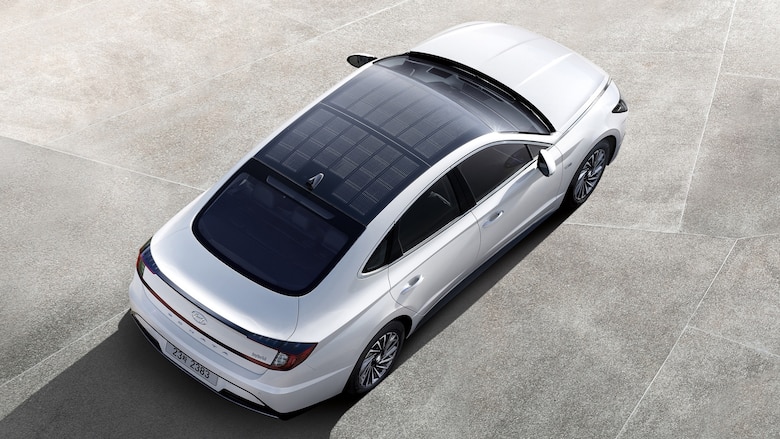
First off, the Sonata Hybrid is NOT a solar-powered car. However, the array of solar panels on the roof provides enough electrons to charge the battery pack. This means having 808-miles (1,300 km) of additional range per year – but only if the solar panels are charged (or exposed to the sun) for an average of six hours per day.
If you live in a sunny or tropical area, that’s fairly easy. Simply leave the car outside and let the solar panels do their charging thing. When that’s done, give yourself a friendly tap on the back while basking in 808-miles of sun-power each year. Truth be told however, this solar panel thing sounds like more of a novelty. But we praise Hyundai for soldiering on and revitalizing the sedan. The Sonata Hybrid is the icing on the cake, with or without the solar panels.
It also has a new Active Shift Control hybrid transmission
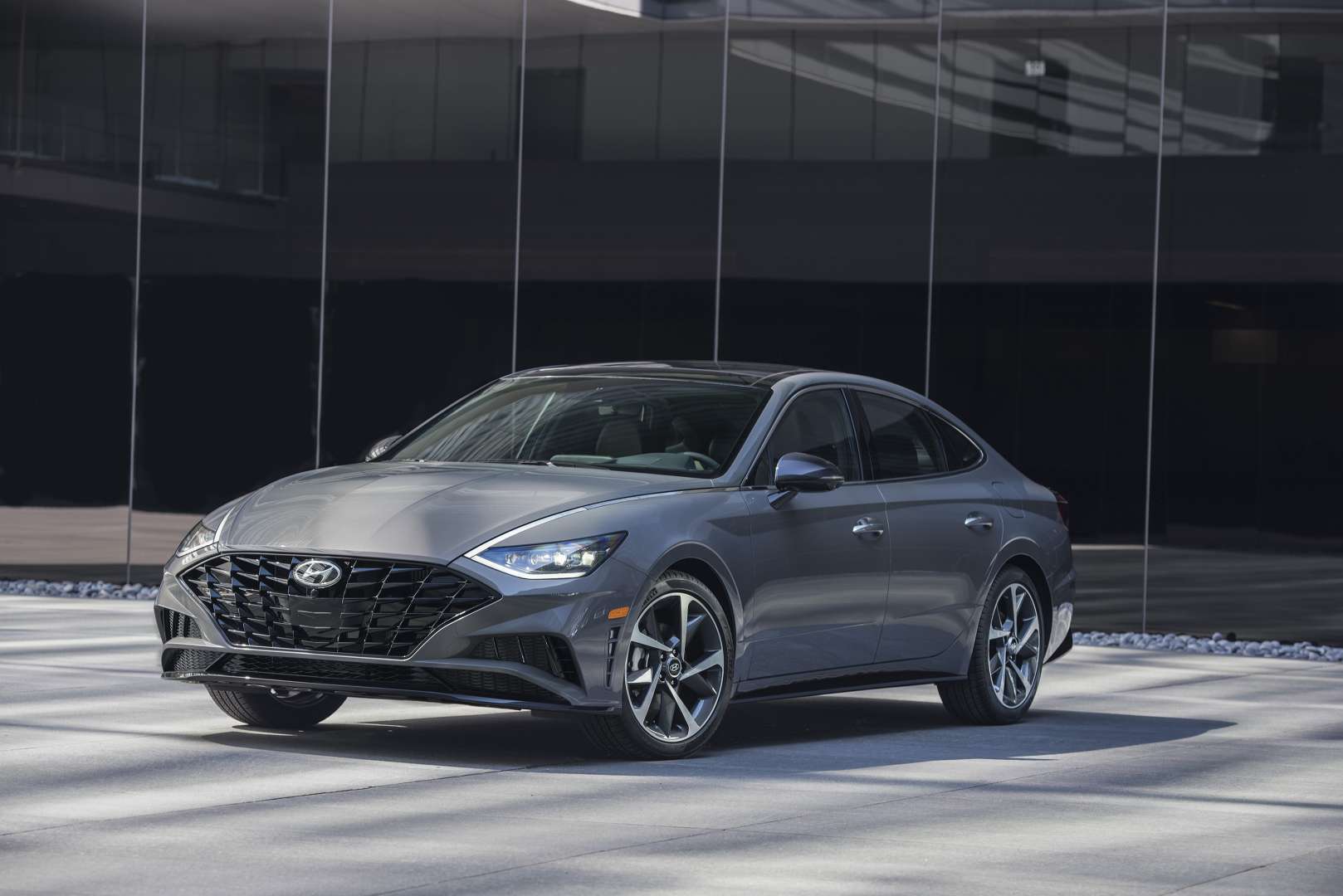
Hyundai says the Sonata Hybrid will also feature the newly-developed Active Shift Control (ASC) transmission unit. While the new system is mostly focused on the development of new software, updating the shift control logic gave the new six-speed hybrid transmission unit the ability to monitor the transmission 500 times per second.
With this speed, ASC is able to better align the rotational speed of the engine and transmission. The results are mesmerizing: shift times were reduced dramatically from 500 to 350 milliseconds which equates to lightning-fast shifts similar to a dual-clutch unit. The new logic software also minimizes friction for smoother shifts as well.
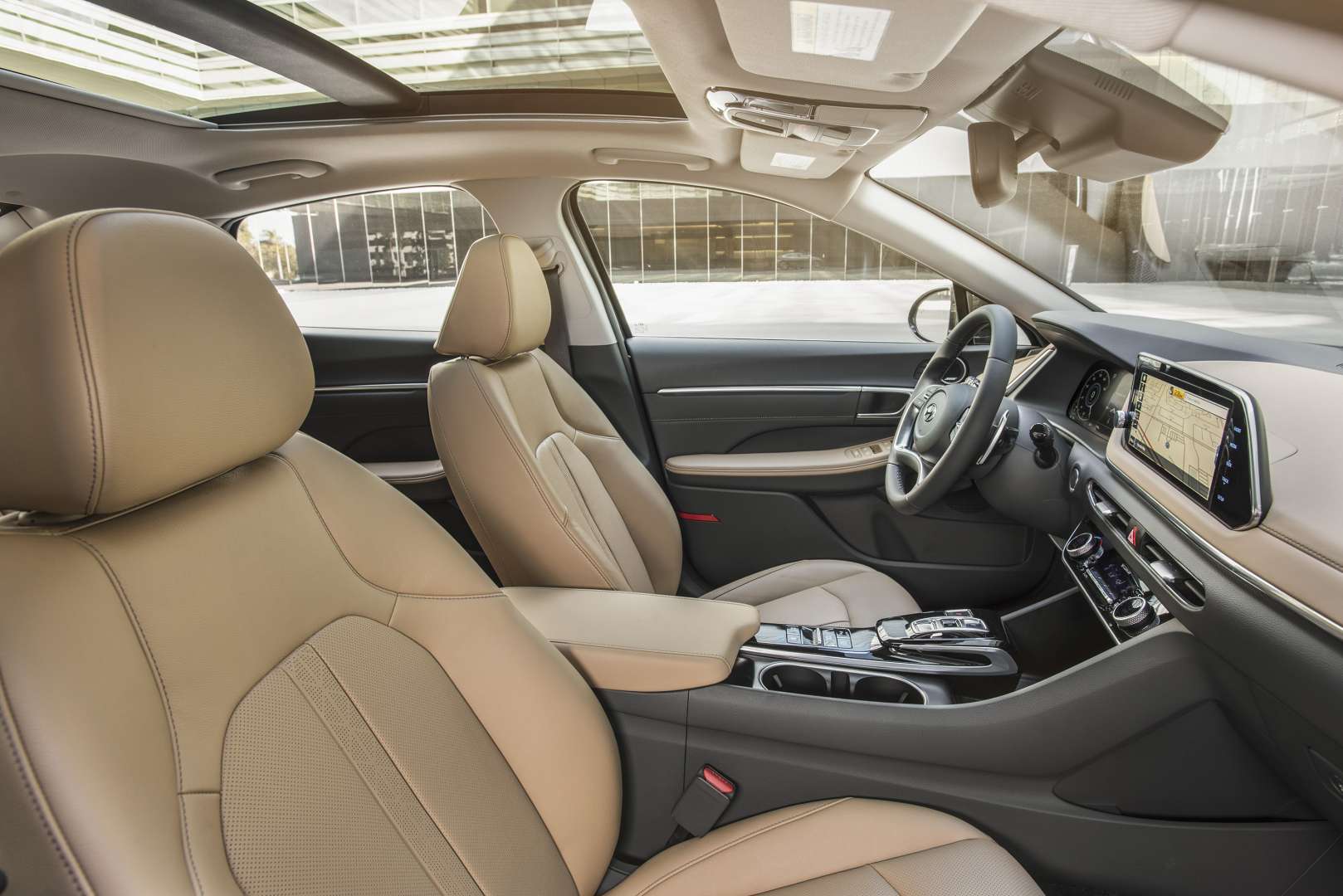
What this basically means is a sporty-driving and fuel-efficient hybrid sedan that offers the same level of practicality as a midsize five-seat SUV. And it’s cheaper than an SUV, too.
The Hyundai Sonata Hybrid has a combined output of 192-horsepower
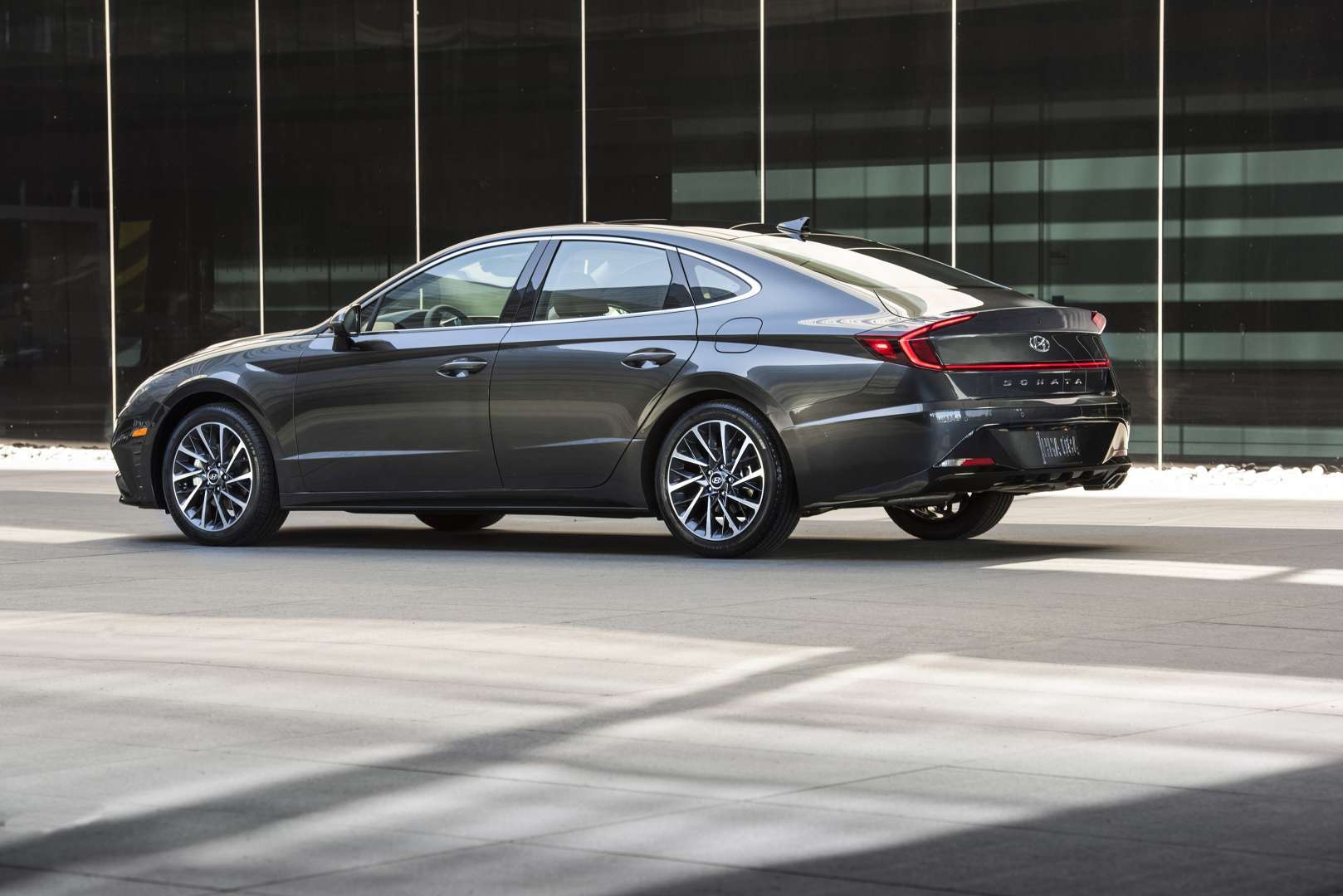
We’re not talking about a full-bore sports car, so 192-horsepower in a fuel miser sedan doesn’t sound too shabby. The Hyundai Sonata Hybrid is powered by a 2.0-liter four-cylinder engine with 150-horsepower and 139 pound-feet of torque. It also has an electric motor churning out an additional 150-horsepower and 151 pound-feet of torque.
It achieves 47.3 miles per gallon
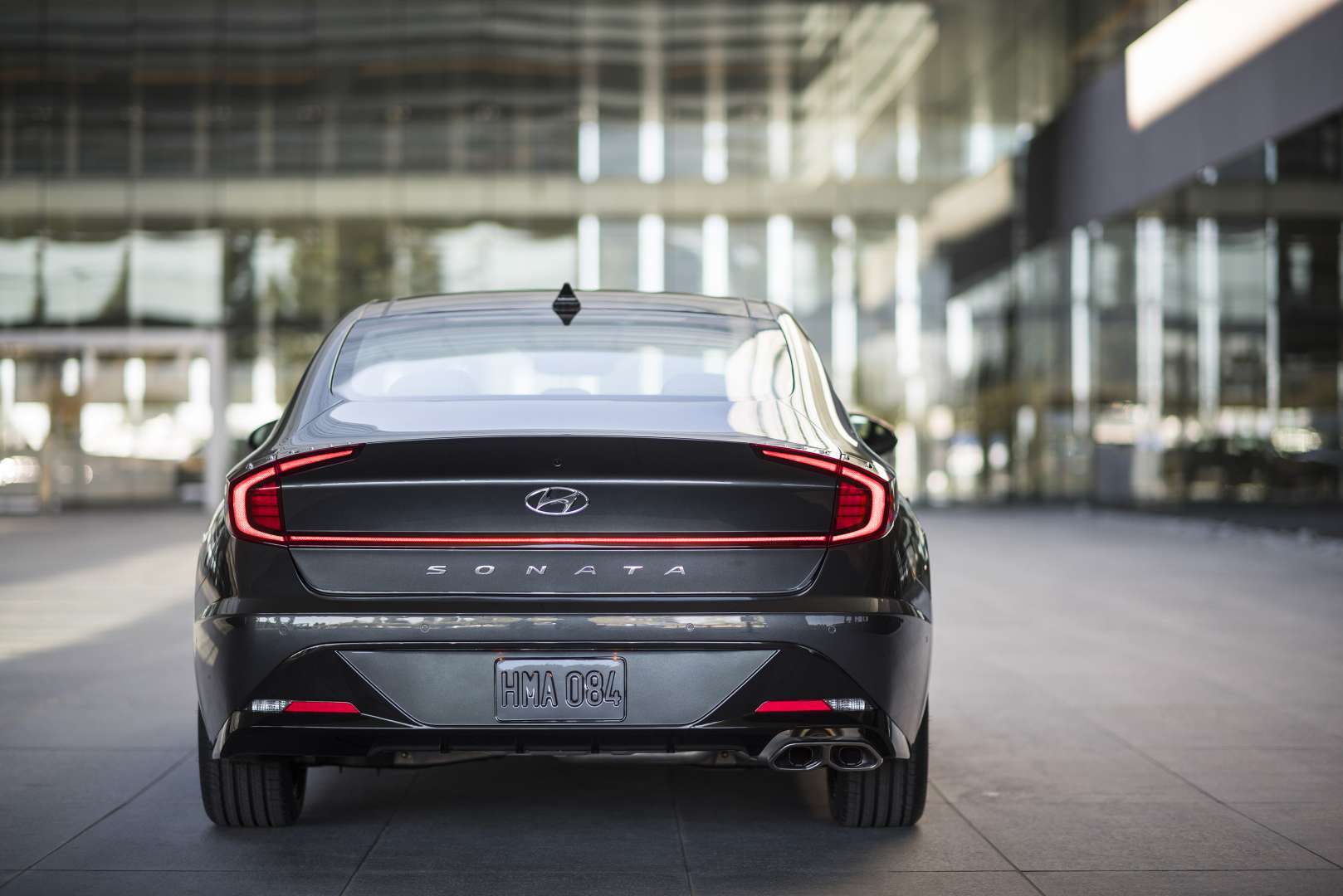
When equipped with standard 16-inch wheels, the 2020 Hyundai Sonata Hybrid achieves 47.3 mpg, which equates roughly to 4.9-liters per 100 kilometers. The optional 17-inch wheel and tire combo produces slightly lower numbers at 45 mpg, which is still stupendously good for a midsize family sedan.
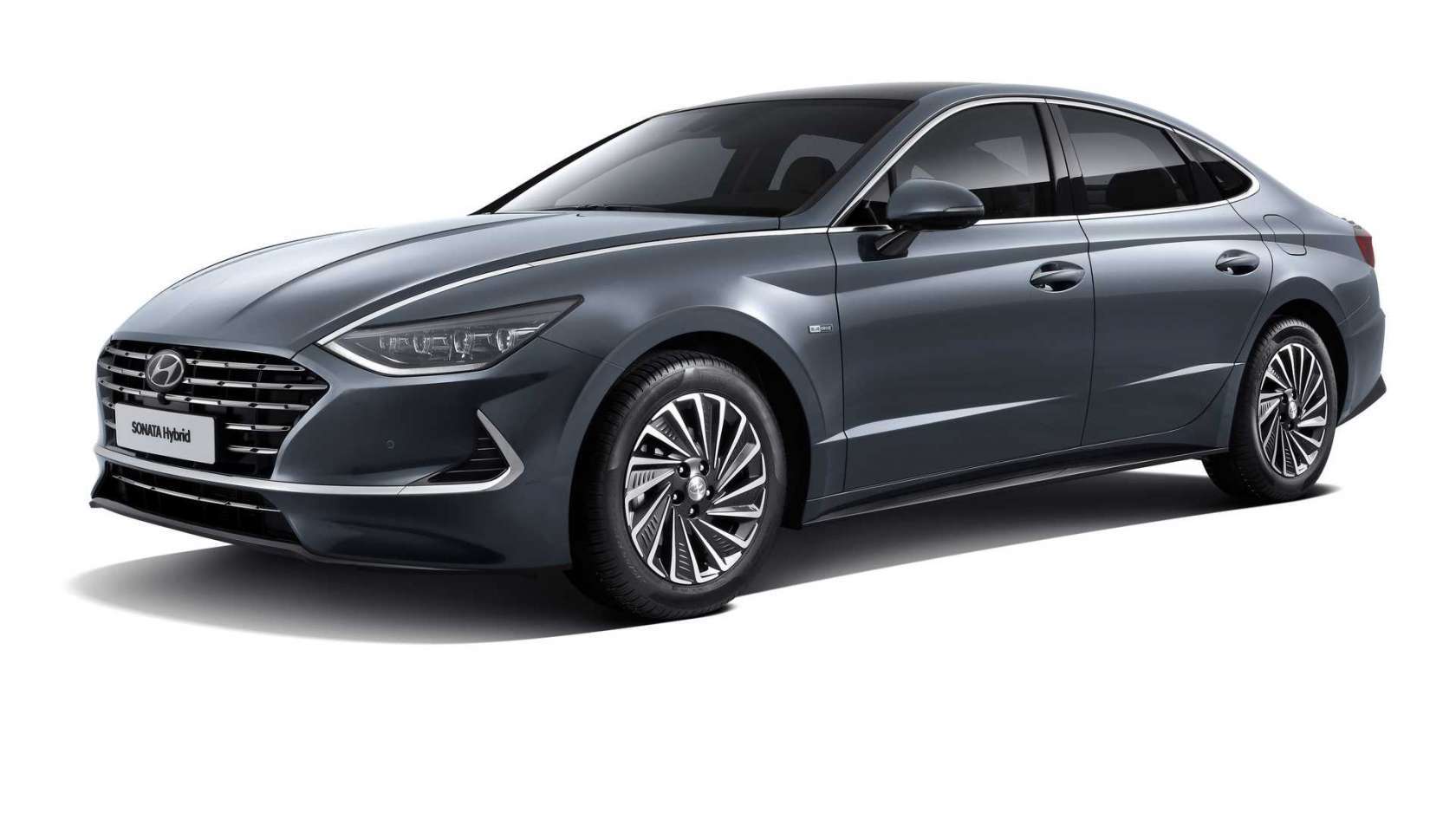
The 2020 Hyundai Sonata is coming this fall. The Sonata Hybrid is anticipated to arrive early next year. Pricing is yet to be revealed for both models.

